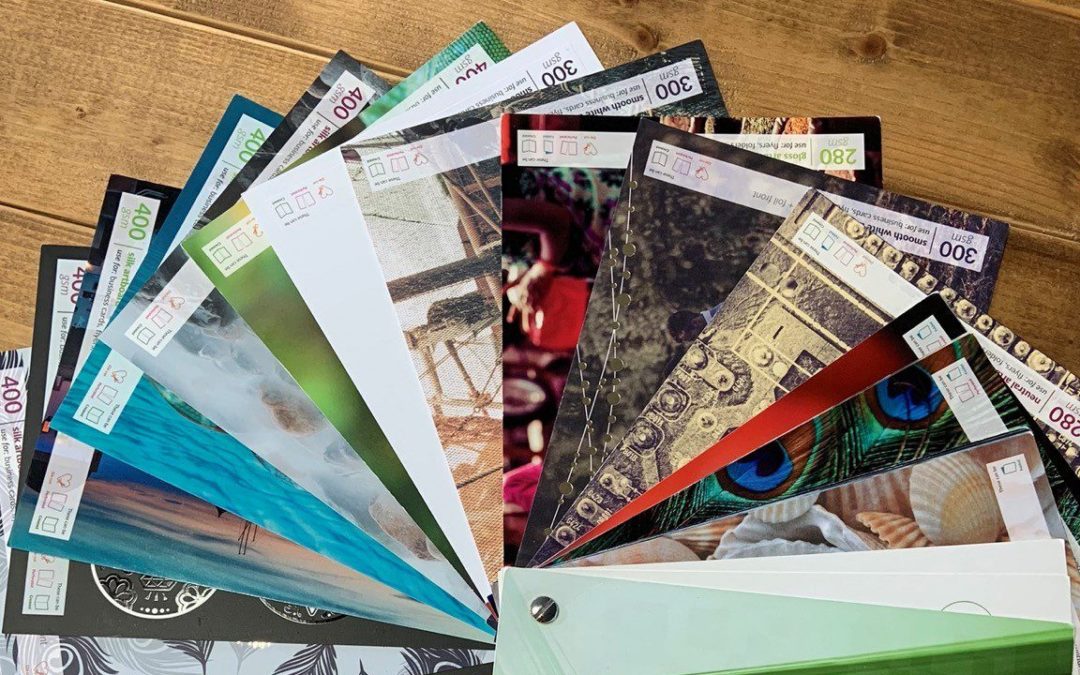How to choose the best paper finish for your print job
So, you’ve signed off the artwork, and you’ve confirmed your order size but what about the paper finish? Believe it or not, choosing the paper finish is one of the most important decisions you’ll make when it comes to ordering the perfect print job. And who knew there were so many options you could choose from?
Fortunately, at Oxygen Graphics, getting to grips with each paper finish runs through our creative blood, which is why we’ve created this easy-to-follow, handy guide to help you pick the right one for you.
Coated or uncoated?
First off, you need to decide whether you want coated or uncoated paper. So, what’s the difference? The main difference is the way that the paper is manufactured. As the name suggests, coated papers have a coating on them, which means the amount of ink that is absorbed into the paper is restricted.
While uncoated papers don’t have this coating on them, making them more porous, and allowing for ink to soak into the paper easier. It’s worth noting that coated paper comes with a shine, which uncoated doesn’t – so if you’re printing something that needs to be read up close, then maybe avoid the glare and stick with uncoated.
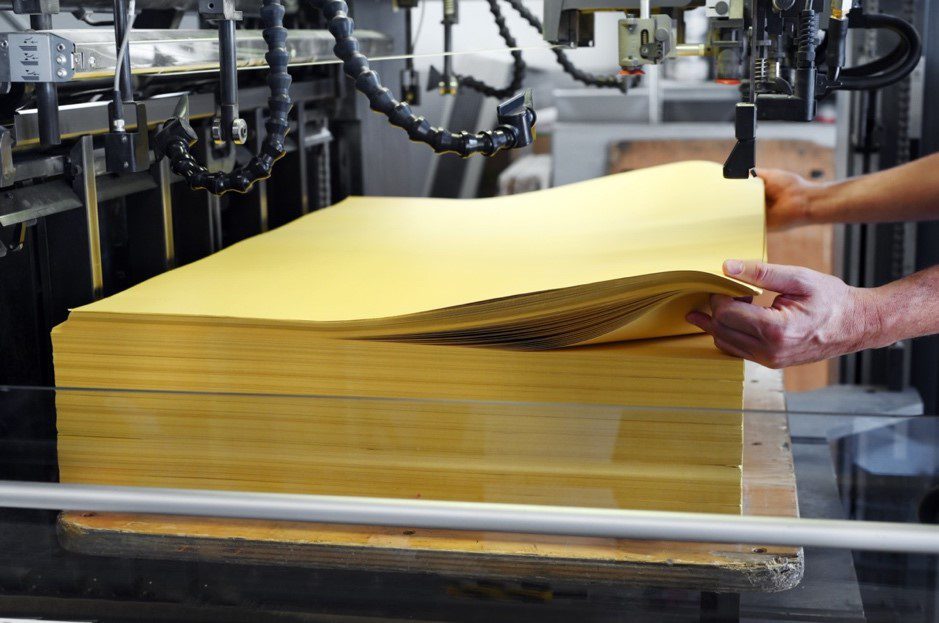
Uncoated
As uncoated paper hasn’t been treated, it definitely offers a more natural and authentic feel and the final finished print always seems a little softer.
Unlike coated paper, you will be able to write on uncoated paper, which can come in handy if you are printing the likes of:
- Letter
- Envelopes
- Books
- Compliment slips
Coated
Coated paper can be gloss, silk or matte and is ideal for projects that include high-resolution images or need to remain sharp, bright and crisp over time. Because coated paper can’t absorb new ink, you shouldn’t use this finish if you need people to write on your product.
Examples of when coated paper could be used include:
- Business cards
- Magazines
- Brochures
Silk
Silk provides that semi-gloss finish, perfect for high quality print jobs, without the attention to vibrant details. Note, silk won’t give you the level of depth gloss will, however, you’re sure to get top-quality results without the glare – plus, it won’t show any unwanted fingerprints.
The best times to choose silk? If your project includes pastel colours or black-and-white images.
Matte Lamination
Matte finishes have no shine or sheen to them whatsoever but instead, produce a silky, smooth and sophisticated end product. While you won’t get the vibrancy that a gloss finish offers, matte softens images and provides a greater tonal range.
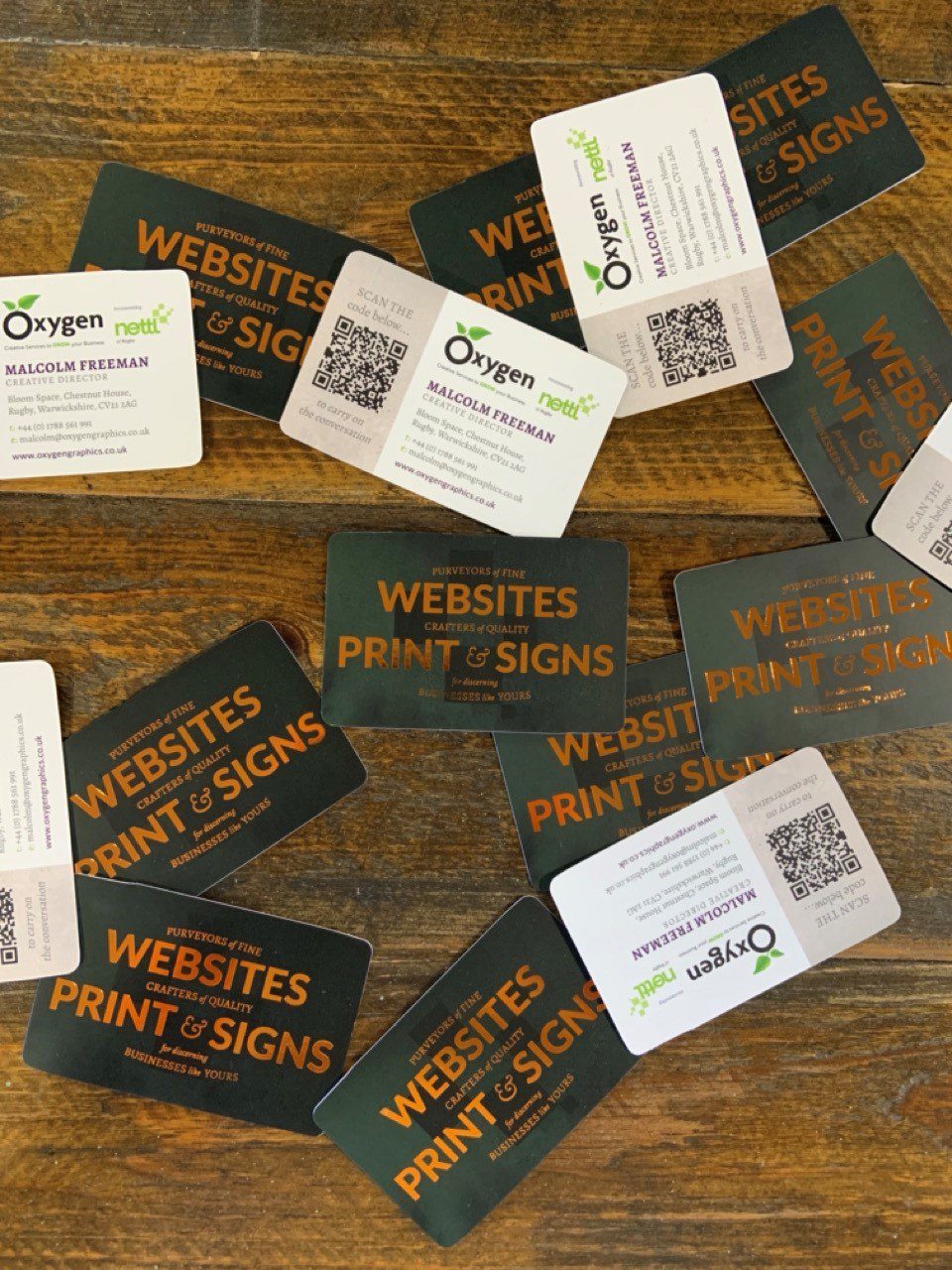
Soft Touch Lamination
If you want to give your product a real luxurious feel, then how about soft touch lamination? This is a type of matte, but offers an even smoother finish. Consider soft touch lamination, as us printers velvetising your product.
Soft touch is one of the most popular options for business cards, as they not only look stunning but they withstand any potential damage that could be caused by carrying them around in your purse, wallet or bag.
If you are printing invitations, thank you cards, wedding stationery or announcements, then silk finish is perfect, mainly because of that additional level of elegance and style it provides.
Types of finish
It’s no secret that if you want your product to stand out from your competition, then you’ve got to add that extra level of creativity. Give your final product that showstopping look (and feel) by choosing one of these finishes:
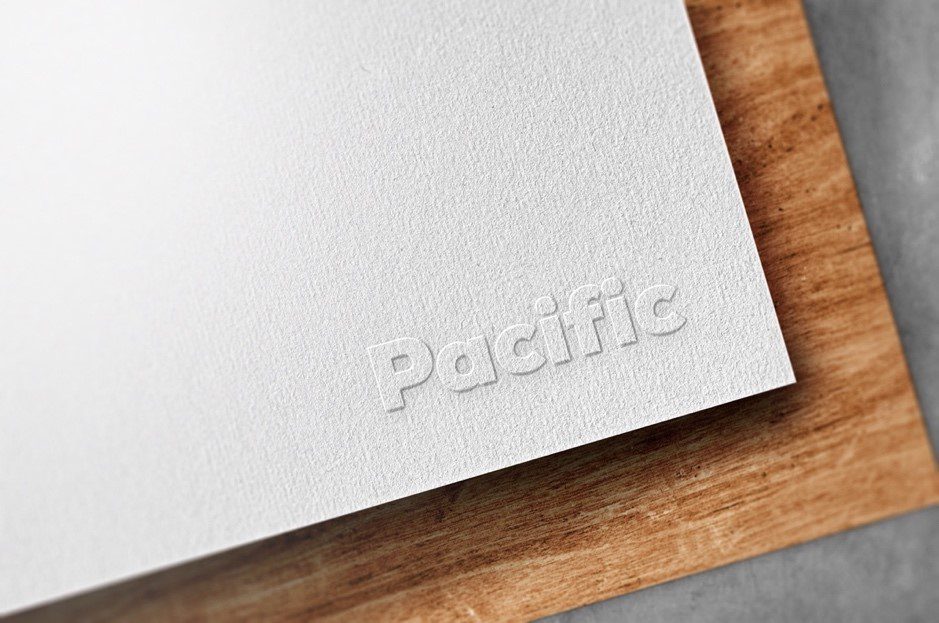
Embossed
By choosing to emboss your print job, you will essentially give your final product a 3D effect. This is done using dye to slightly raise images or text off the paper or card, drawing attention to the emphasised area.
Spot UV Coating
In short, spot UV coating is when a clear, shiny coating is applied to a specific area of your design, for example, the title on the front of a brochure, or the name on a business card. This, in turn, adds depth to your design and makes that detail stand out, by contrasting different levels of tone, sheen and texture.
Spot UV coating is considered to be one of the most deluxe printing techniques, guaranteed to leave a lasting impression.
Foil
A foil finish can make an ordinary design look ‘extra’-ordinary. Foil printing uses heat, pressure and foil (generally gold, silver and rose gold) to produce a metallic-like overlay to text or graphics, and therefore highlights specific areas of the design.
Die Cut
Don’t fancy a bog-standard rectangle business card? Maybe you want to customise the edge of your brochure’s front page? Die cut printing makes this possible. Die cutting is a method we use to cut special shapes – or in other words, anything that isn’t a rectangle or square – out of your design, whether it’s at the edge of your product, or in the middle.
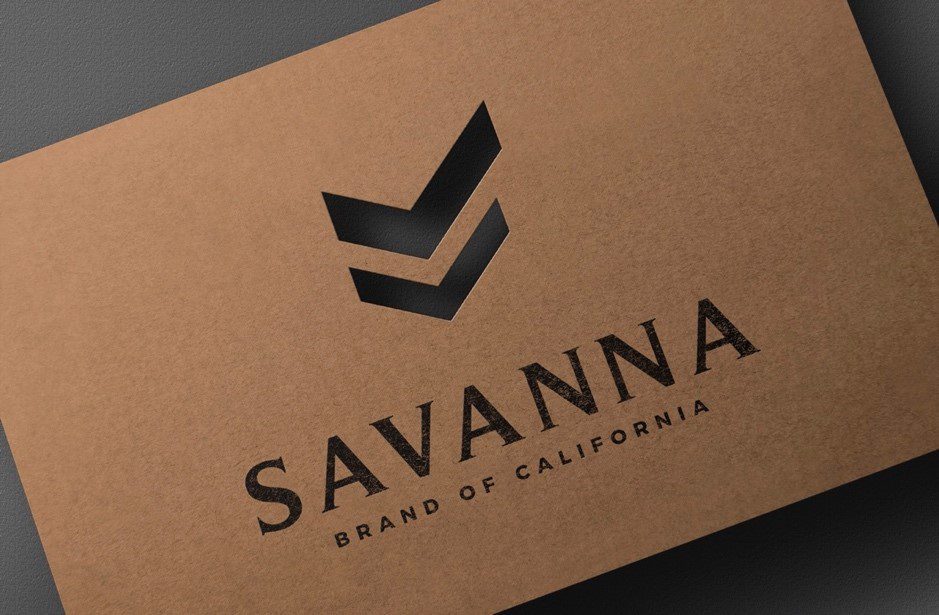
Speak to our professional printers at Oxygen Graphics
If you need support with your next creative project, then get in touch with the team at Oxygen Graphics. Whatever stage you are at, whether it be initial concepts, artwork design or printing, our team of industry professionals are here to help you. However big or small your project is, and whether it’s print or digital, contact Oxygen Graphics today.
In need of marketing support?
Get in contact with a member of our team today to see how Oxygen Graphics can help you!
T : 01788 561 991 E : [email protected]

